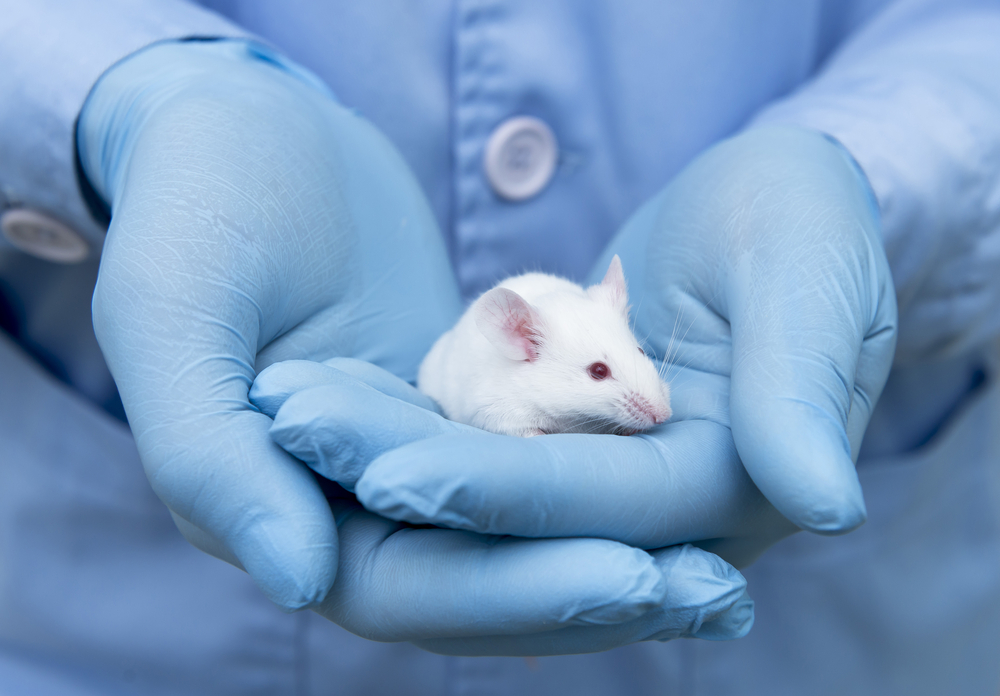Pentosan Polysulfate Shows Promise in Mouse Study of Sanfilippo Type A

Subcutaneous pentosan polysulfate (PPS) treatment reduces overall inflammation and brain degeneration, improving hyperactivity/anxiety and learning behavior in Sanfillipo syndrome type A, according to a mouse study.
The study, “Pentosan Polysulfate Treatment of Mucopolysaccharidosis Type IIIA Mice,” was published in the Journal of Inherited Metabolic Disease.
Sanfilippo syndrome type A, also known as mucopolysaccharidosis type IIIA (MPS IIIA), is a severe and progressive disorder caused by toxic accumulation of heparan sulfate – a specific type of large sugar molecules called glycosaminoglycans (GAGs).
The disease mainly affects the central nervous system (brain and spinal cord), leading to progressive mental deterioration and distinct behavioral disturbances such as aggression, hyperactivity, and sleep disturbances.
Inflammatory processes are thought to play a significant role in the development of MPSIIIA and tau aggregates – characteristic of Alzheimer’s disease – also have been found in a mouse model of Sanfilippo type A.
Currently, there is no effective therapy for this disease, and efforts are being made to identify new therapeutic targets and/or new potential therapies.
Previous preclinical and clinical studies have shown that PPS (marketed as Elmiron in oral capsules) – a semi-synthetic molecule similar to heparan sulfate – reduced inflammation and GAG storage (including in the brain) in other types of mucopolysaccharidosis disorders.
Now, researchers evaluated the clinical benefits of PPS administration – subcutaneously (under the skin) or directly into the brain – in a mouse model of Sanfilippo A syndrome. The effects on brain inflammation and degeneration, as well as on behavior, were assessed.
Two groups of mice received subcutaneous PPS: group one at one week of age, and group two at five months old – receiving twice the dose of group one.
Direct administration to the brain, called continual intracerebroventricular (ICV), was given to a third group of 5-month-old mice.
Subcutaneous PPS treatment was found to significantly reduce systemic inflammation, with effects more pronounced in the younger group. Researchers suggested that “for optimal clinical effects in patients, treatment should be initiated as early as possible to prevent irreversible damage.”
In the brain, early subcutaneous PPS treatment (group one) was found to greatly reduce inflammation, GAG accumulation, and tau aggregates. Regarding behavior, anxiety-like hyperactivity, obsessive compulsive behavior, and learning skills all were significantly improved in these mice.
While the absence of systemic effects was expected after administering PPS through ICV, researchers were surprised to see that the effects in the brain were intermediate between those observed in the groups receiving PPS subcutaneously.
The team believes this may be due to a low dose of PPS, or to a shorter duration of the treatment – due to ICV-administration limitations – suggesting that further studies are required to clarify these results.
“The data supports the conclusion that subQ [subcutaneous] PPS administration could be beneficial in MPS IIIA and perhaps other neurological LSDs [lysosomal storage diseases], particularly if the treatment is started early in life, and should be evaluated further,” researchers wrote.






